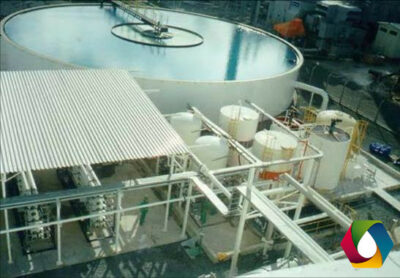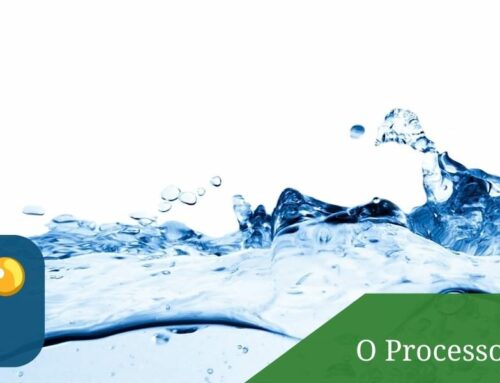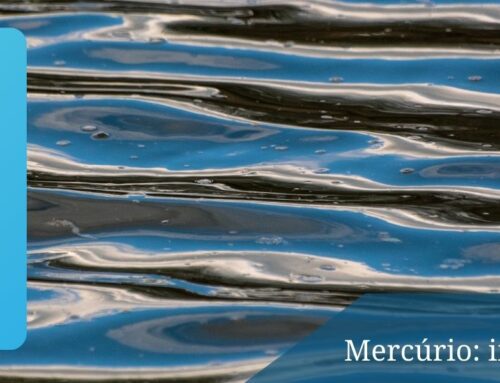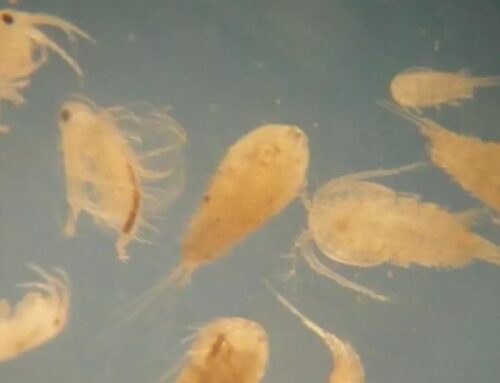
Ion Exchange or Reverse Osmosis Water demineralization can be obtained using demineralization systems both by Ion Exchange (IT) and by Reverse Osmosis (RO) technology. There are some criteria that influence the decision of which technology to choose.
CONTEXT
Water demineralization can be achieved by employing either Ion Exchange (IT) or Reverse Osmosis (RO) demineralization systems.
There are some criteria that influence the decision of which technology to choose, such as: installation site, quality of the treated water required, and the raw water available for demineralization, which directly influence the pre-treatment of greater or lesser complexity. For low dissolved salt (TSD) waters, the ion exchange resin process is more economical in operation than reverse osmosis.
Waters with high TSD should preferably be demineralized using RO processes, because the higher frequency of regeneration implies higher consumption of chemicals.
Consumption of chemicals:
Ion exchange systems require aggressive but inexpensive chemicals such as NaOH for regeneration of anionic resins or HCl or H2SO4 for cationic resins. Another negative point is that the effluent, generated from the resin regeneration process, requires an additional neutralization step before it can be disposed of.
On the other hand, RO systems require small amounts of special antifouling agents and/or chemicals for cleaning the membranes, which is usually done at 60 to 90 day intervals.
Generation of effluents:
Reverse Osmosis generates more wastewater because the recovery is 50 to 80%, with the wastewater going to the sewer or to a less demanding application. A modern Ion Exchange system, on the other hand, has a 96% recovery rate, approximately. It should be noted however, that the OR tailings may still be suitable for a secondary use such as cooling systems, cleaning, etc. In a situation like this, the total OR yield can be close to 100%.
Quality of the produced water:
Ion Exchange produces a higher quality demineralized water compared to RO as it typically rejects up to 95-98% of the minerals. With more modern technologies, up to 99% of the salts are removed. It is possible and common to add polishing equipment (a second RO system or mixed bed of ion exchange resins) after either IT or RO, making both processes produce high quality demineralized water (low dissolved salt content).
Feed water quality required:
OR removes all kinds of particles present in the water very effectively, but requires proper pretreatment, as it must completely eliminate suspended solids, iron, and hardness from the raw water.
The membranes must be taken care of to avoid proliferation of microorganisms, and require attention from the operators, to promote cleaning whenever the process indicators indicate it.
Inattention to the system can quickly convert a reverse osmosis system into a “perverse osmosis” system, not infrequently necessitating the replacement of the expensive osmosis membranes that are the heart of the system. Ion exchange systems, on the other hand, are much more tolerant of solids and operating failures.
Energy consumption :
Osmosis membranes working with surface water or low salinity wells operate with pressures on the order of 7 to 12 bars. A conventional RO system requires up to 10 times more kWh to operate.
In large-scale production, energy consumption for reverse osmosis systems and chemical consumption in ion exchange systems must be compared for decision making.
Author: Rogério Toledo de Almeida
Technical Commercial Director
EP Process Engineering





